If you have inherited a diamond ring or pendant from your grandmother but don’t prefer the vintage look, you may be considering your options. It’s important to explore solutions while preserving the value of the original stone. One potential solution is to make the diamond into smaller diamonds, but before jumping to conclusions, it’s crucial to understand the implications. Read on to determine whether this is the right choice for you or if there are alternative solutions that may better suit your needs.
DESIGN YOUR OWN ENGAGEMENT RING: START WITH A SETTING OR START WITH A DIAMOND. IT’S REALLY UP TO YOU!
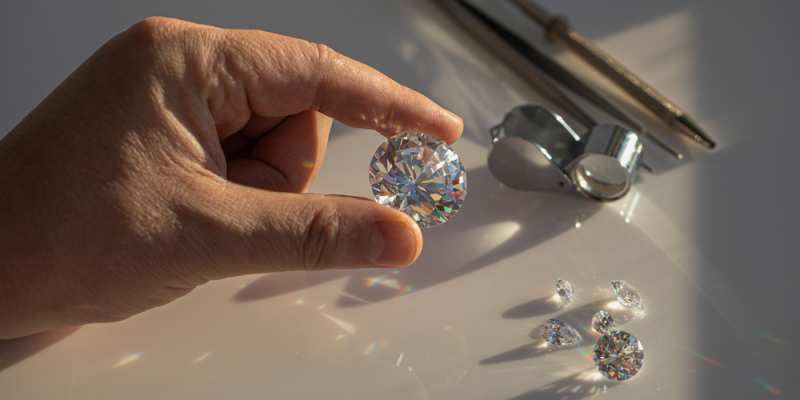
Recutting A Diamond Into Smaller Diamonds: Yes Or No?
Is it possible to cut a large diamond into smaller stones? Yes.
Should you cut a large stone into smaller ones? No, we do not recommend it.
While cutting a large diamond into smaller pieces is technically feasible, it is not the optimal solution for preserving the stone’s value. Unless the diamond is too damaged to be redesigned, cutting it into smaller stones should not be considered as an option.
Instead, it is advisable to explore reshaping or re-polishing the large diamond while aiming to retain its size. Why is size important?
The value of a diamond is influenced by various factors, most notably the 4Cs: cut, color, clarity, and carat weight. In this context, carat weight plays a significant role as it represents the measurement unit for a diamond’s weight.
One carat is equivalent to 0.2 grams (0.007 ounces avoirdupois). As the carat size increases, so does the diamond’s value. However, the value does not increase linearly. For example, if you have two diamonds of the same quality, one weighing six carats and the other only half a carat, the six-carat diamond will be substantially more valuable.
Recutting a large diamond into smaller stones will inevitably result in a loss of weight (size) and a significant decrease in value. In the best-case scenario, cutting a six-carat diamond into three one-carat diamonds would mean losing 50% of the original weight.
While you may achieve improved cut grade and clarity in the smaller diamonds, their combined worth will not come close to the value of the original six-carat diamond.
Furthermore, the remaining material from the cutting process becomes relatively worthless grit used for polishing other diamonds.
To summarize:
The majority of a diamond’s value is derived from its size (weight), and cutting it into smaller diamonds would mean forfeiting that value.
If you desire smaller diamonds, the better option is to sell the large stone and use the proceeds to purchase smaller ones. Although some value will still be lost, it will be significantly less than the loss incurred through cutting the large diamond.
Alternatively, you can consult a highly skilled diamond cutter to redesign the stone or remove its imperfections. With careful consideration, you can obtain a brand-new, modern-cut diamond of the highest quality and appeal.
Stay tuned for more insights on this subject!
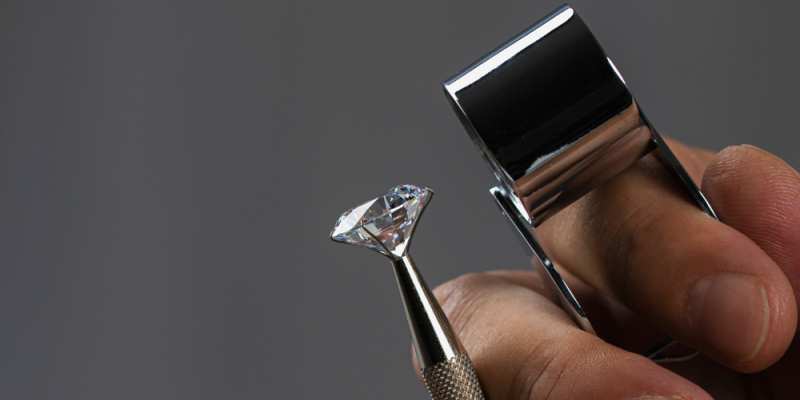
Redesigning A Diamond
If you are considering transforming your diamond into smaller stones due to damage or an outdated appearance, we advise against it. An experienced diamond cutter can instead reshape and redesign your stone to address any chips, breaks, or give it a fresh, modern aesthetic.
For instance, an antique-style Old Mine cut diamond can be easily converted into a stunning round brilliant cut diamond of comparable value. Conversely, a modern-cut diamond can be transformed into a vintage style.
Recutting a diamond can enhance its brilliance and sparkle by introducing additional facets. Adjusting the proportions of the stone can also lead to an improved cut grade. Furthermore, removing excess diamond material can enhance the stone’s original color and clarity grades.
By eliminating minor imperfections and polishing the diamond’s surface, the clarity grade can improve from an SI1 to a higher grade such as VS or even flawless.
A skilled diamond cutter can find the right balance between preserving the maximum weight and achieving optimal color, clarity, and cut. This approach ensures that the maximum value of your precious stone is retained, which wouldn’t be the case if you were to cut it into smaller diamonds.
While there may still be a trade-off between beauty and value, it is undoubtedly a far better option.
It is essential to consult with a jeweler before making a decision on whether to redesign or reshape your diamond. They will assess the condition of your stone and provide guidance on whether recutting is worthwhile. Additionally, they can provide information on the value and marketability of a redesigned diamond.
The good news is that no diamond is beyond repair. The finest diamond cutters have the ability to transform a dull, damaged stone into a dazzling, brilliant diamond. The key consideration is determining the amount of weight that will be lost during the process and deciding if it aligns with your preferences.
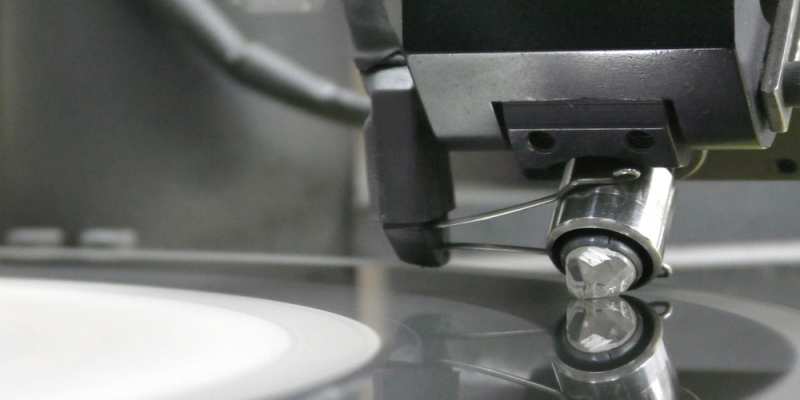
What Are The Reasons To Choose Recutting Your Original Diamond?
Preserving Sentimental Value in Jewelry
Diamonds often hold sentimental value due to their association with special occasions. While personal style and financial situations can change over time, many of us still have an emotional attachment to such jewelry.
If you wish to hold onto your precious stone, even if it no longer matches your current style or taste, recutting offers an ideal solution. By choosing this option, you can retain the original diamond while giving it a new and improved look that aligns with your current self-expression.
The same applies to damaged stones. There is no need to keep them tucked away in your jewelry box, especially if they hold sentimental significance. Instead, consider having them recut to restore their beauty and proudly showcase them once again.
Restoring a Diamond to Its Former Glory
Despite diamonds being the hardest substance on Earth, they can still experience wear and tear over time. Chips on the girdle or scratches on the upper facets can diminish a stone’s appearance. However, the good news is that a simple polishing can often rejuvenate the diamond, making it look as good as new.
Recutting a diamond can also enhance its color and clarity grade. Consequently, your diamond may end up looking even more magnificent than when you initially acquired it.
It is crucial to discuss all available options with your jeweler. Requesting an example or visualization of how your diamond will appear after recutting can provide a clear understanding and help you make an informed decision without any regrets.
Thanks to modern technology, you can obtain a precise image of the expected outcome, ensuring that you are fully satisfied with the results.
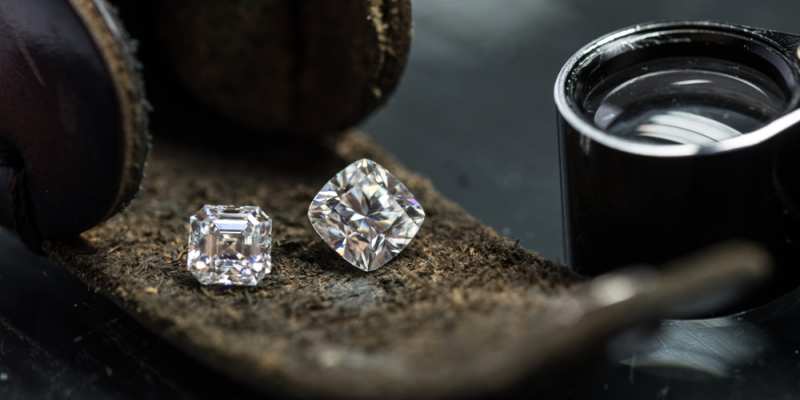
What Is The Cost Of Recutting A Diamond?
The cost of recutting a diamond is not fixed and will depend on various factors. A diamond cutter will need to evaluate your specific stone to determine the price.
What can you anticipate in terms of cost?
Some diamonds may only require minor polishing, resulting in lower repair costs. However, diamonds that necessitate more extensive work, such as recutting for color and clarity improvements, will be more expensive to reshape.
It’s important to note that the fees charged by diamond cutters can be substantial. If you choose to have your diamond recut, be prepared to allocate a budget ranging from $200 to $300 per carat of your diamond. Additional expenses like shipping and insurance fees may also apply.
Ensure that you are well-informed and calculate all the associated costs in advance.
For diamonds weighing less than 0.3 carats, the expense of recutting often surpasses the value of the diamond itself. Similarly, highly damaged diamonds are best left untouched. Attempting to recut such stones would invariably result in a significant loss of weight in order to address the issues. Nevertheless, diamonds with high value or significant sentimental worth are usually worth rescuing.
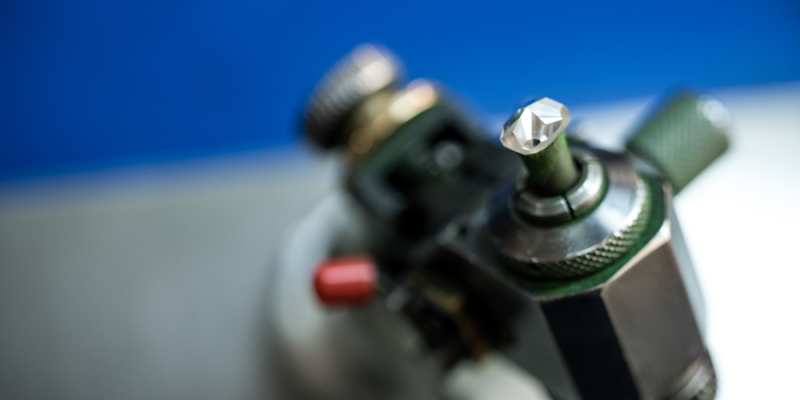
How Are Diamonds Recut And Polished?
When you opt to have your diamond redesigned, it’s helpful to understand the process involved. We’re here to guide you through the steps of diamond recutting and repolishing.
Diamond cutters typically follow a set of procedures to ensure the best possible outcome when repairing a diamond. However, since each diamond is unique, special attention is given to cater to its specific characteristics. Skilled diamond cutters possess a keen eye for detail and can bring out the best in any piece.
So, what are the basic steps involved?
- Assessment: The diamond cutter evaluates the stone and estimates the probable amount of weight loss during the repair process.
- Resurfacing: The damaged or undesired area of the diamond is carefully reshaped by precisely removing layers from the entire stone. The aim is to restore the diamond to its original shape or create a new cut as per the customer’s preference.
- Repolishing: The diamond undergoes a meticulous polishing process to smooth out any remaining rough areas. This enhances its brilliance and ensures that it shines radiantly once again.
After these steps, your diamond should be revitalized, appearing as good as new, allowing you to appreciate its beauty once more!
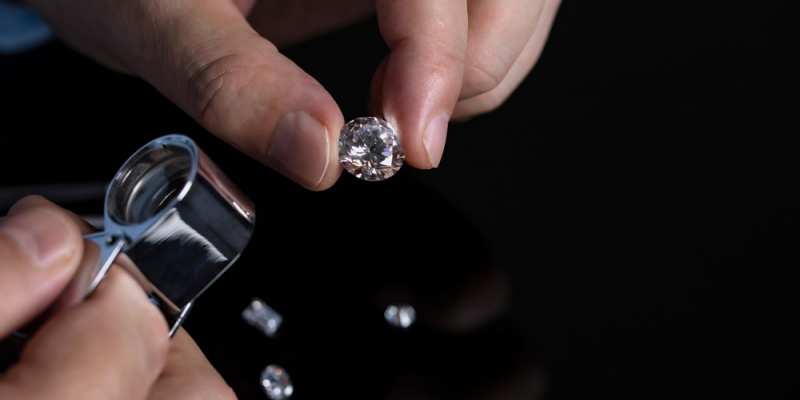
Conclusion
Every diamond can be repaired, but it’s crucial to weigh the pros and cons before making a decision. Cutting your diamond into smaller stones often results in a substantial loss of weight, significantly diminishing its value.
Instead, it is advisable to opt for diamond recutting and repolishing. This way, you’ll preserve much more of its original value while still obtaining a stunning, brilliant stone that you can once again cherish and adore.


